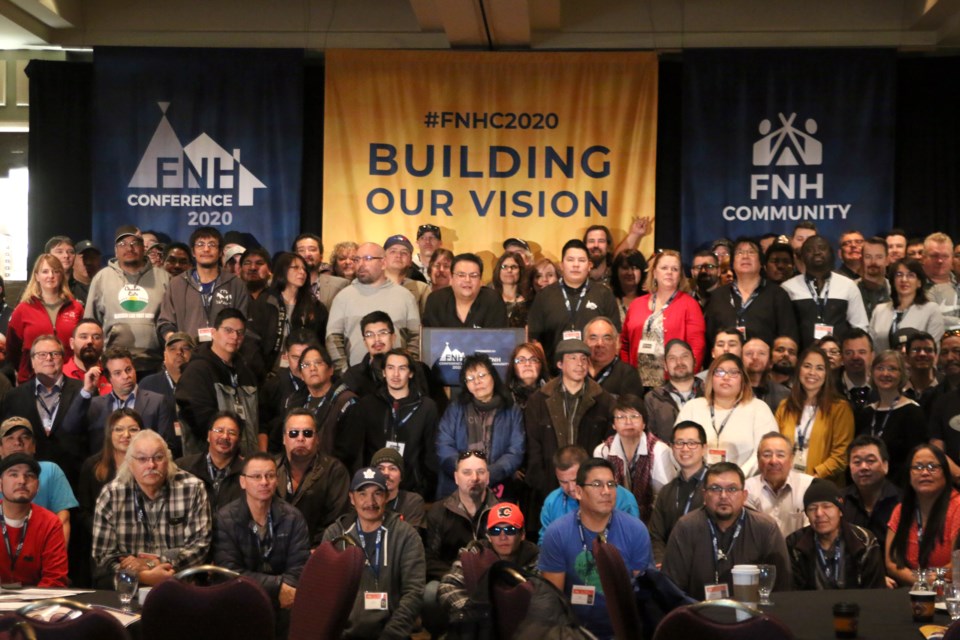Addressing the many challenges and issues affecting housing in remote First Nation communities has to be led by the community members themselves, say delegates at the First Nation Housing Conference.
“I think whenever we see positive results, it’s because people are taking responsibility for themselves,” said Stan Beardy, a delegate from Muskrat Damn First Nation. “If we are going to have a solution to our housing challenge, the answer has to come within. I am positive the people sitting in the room have ideas, solutions, approaches that will work for us.”
The 18th Annual First Nations Housing Conference opened in Thunder Bay on Feb. 11 and will continue until Feb. 13.
Jonathan Gregg, technical services manager with Independent First Nations Alliance, said the more than 220 delegates will learn project management skills, technical aspects of housing, assessments, and how to work together.
“I think a big part of it is they are learning from each other,” he said. “The whole First Nation to First Nation, learning what others do in different communities and organizations and how they work with housing.”
Last year, the First Nation Housing Working Group created the First Nations Housing Community, which is meant to bridge the gap between industry, government, and Indigenous communities and promote a First Nations-led approach to housing.
Work on that new vision continues at this year’s conference, Gregg said, particularly focusing on First Nation-led initiatives.
“I think it’s important that we hear what the community wants and we are listening to their needs, what they need in housing, whether it be overcrowding, poor housing conditions, and the types of homes they want, too,” Gregg said. “With us being First Nation organizations, I think working together we meet those goals and meet those needs in our communities.”
Some of the most pressing issues for First Nation communities include access to funding and overcrowding. The conference began with a demonstration that showed what 37 people in a three-bedroom house looks like, which is the case for one Pikangikum First Nation family, and Gregg said those kinds of stories motivate the committee to host the housing conference.
“Some First Nations, with the higher growth rate, need more housing, and there’s just more people in there,” Gregg said. “Keeping up with the current funding levels is always an issue in those communities and trying to maximize the housing we can build to alleviate the overcrowding.”
Beardy added that the housing conference will allow people from communities across the country to not only learn about the challenges, but also find opportunities for accessing better housing.
“I think, in terms of housing, it’s not only lack of funding for social housing we are facing; there are other social factors we are faced with – prescription drug abuse for example,” he said. “That affects the quality of life. I think, in terms of opportunities going forward, we need to understand what market housing is, because I think that is part of the solution long term.”
“We all have the same goals,” Gregg added. “Sometimes we will have different solutions that may work in other communities. Those are the opportunities we like to bring.”
The First Nation Housing Conference continues on Feb. 12 with a tradeshow and building demonstrations at the Valhalla Inn.
This story originally appeared on TBNewsWatch.com.




